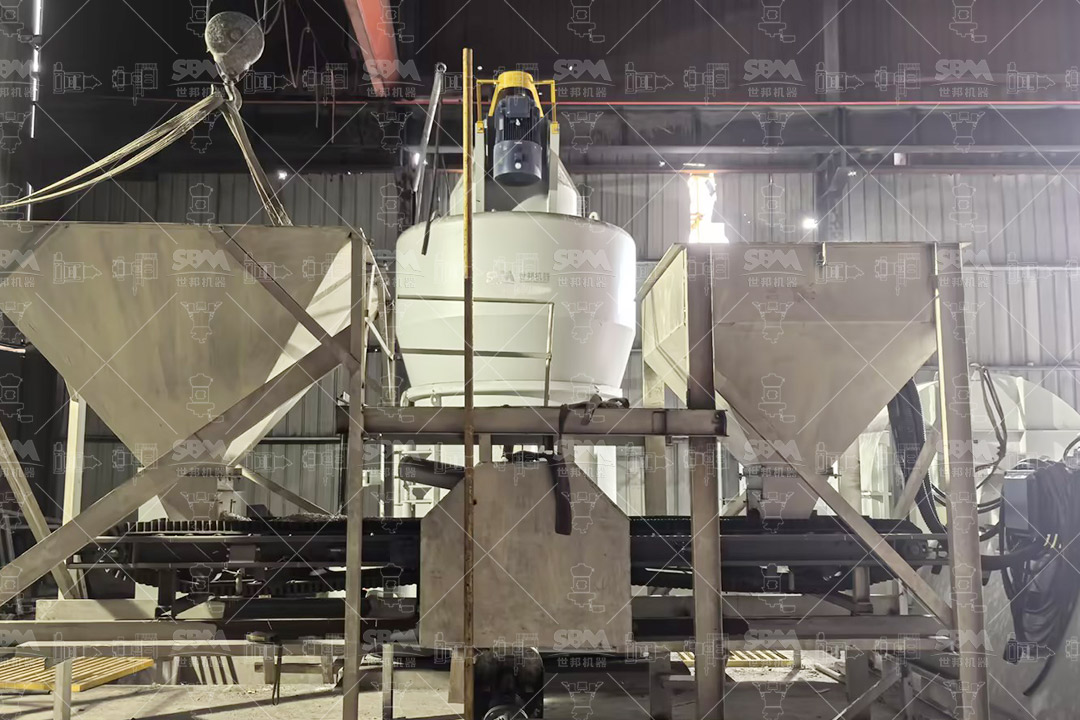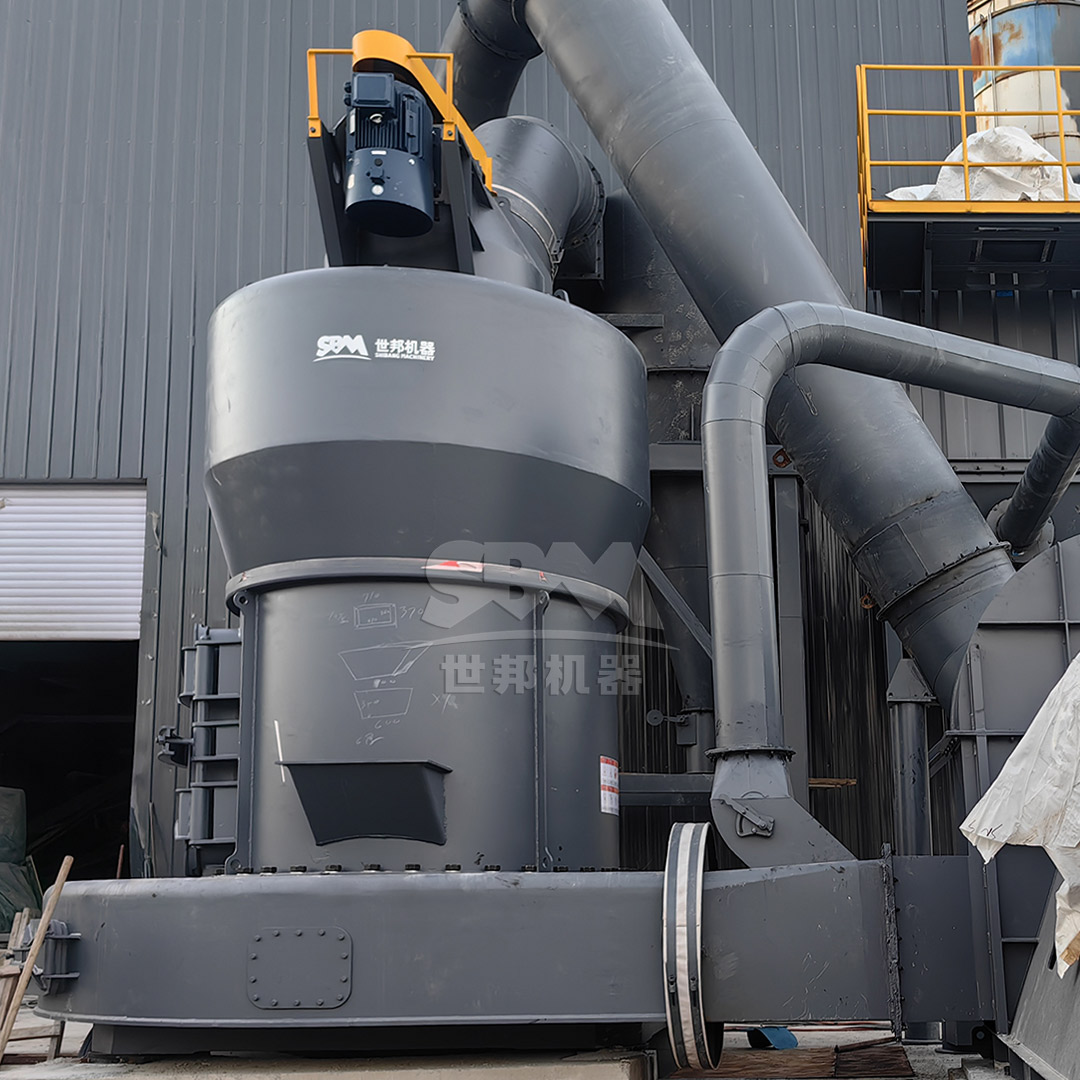The grinding mill industry has undergone remarkable transformation over the past decades, driven not only by technological advancements but also by the invaluable insights gathered from end-users. As industrial processes become more sophisticated and environmental regulations more stringent, manufacturers must continuously innovate to meet evolving market demands. This article explores how user feedback has become the cornerstone of modern grinding mill design, leading to significant improvements in efficiency, durability, and environmental performance.

Through extensive field research and customer interviews, several key challenges have emerged as primary drivers for innovation in grinding mill technology. These insights have directly influenced the design parameters of next-generation equipment.
Industrial users consistently highlight energy costs as their single largest operational expense. Traditional grinding mills often consumed excessive power relative to their output, leading to unsustainable operational costs. This feedback prompted manufacturers to completely re-evaluate power transmission systems, motor efficiency, and grinding mechanics.
Unscheduled maintenance and component replacement emerged as significant productivity killers. Users reported frequent breakdowns of critical components, particularly in abrasive applications. The financial impact of production stoppages far exceeded the cost of replacement parts, creating a clear mandate for more durable designs.
Increasingly strict environmental regulations presented compliance challenges for many operations. Dust emissions, noise pollution, and energy efficiency standards became critical considerations that traditional equipment struggled to meet.
End-users across various industries emphasized the importance of consistent product quality. Variations in particle size distribution, contamination from worn components, and inconsistent throughput created downstream processing challenges and product quality issues.
The most successful grinding mill manufacturers have established formal feedback mechanisms that systematically capture user experiences and translate them into engineering improvements.
User feedback regarding inconsistent product quality in ultrafine grinding applications led to the development of our SCM Ultrafine Mill series. This revolutionary design incorporates several user-requested features:
The SCM series demonstrates how direct user input can drive technological advancement. With output fineness ranging from 325 to 2500 mesh (D97≤5μm) and capacity from 0.5 to 25 tons per hour, this mill represents the culmination of extensive user collaboration.
| Model | Capacity (ton/h) | Main Motor Power | Input Size | Output Fineness |
|---|---|---|---|---|
| SCM800 | 0.5-4.5 | 75 kW | 0-20mm | 325-2500 mesh |
| SCM900 | 0.8-6.5 | 90 kW | 0-20mm | 325-2500 mesh |
| SCM1000 | 1.0-8.5 | 132 kW | 0-20mm | 325-2500 mesh |
| SCM1250 | 2.5-14 | 185 kW | 0-20mm | 325-2500 mesh |
| SCM1680 | 5.0-25 | 315 kW | 0-20mm | 325-2500 mesh |
Maintenance accessibility emerged as a critical concern across multiple user surveys. The MTW Series Trapezium Mill was specifically engineered to address these operational challenges:
With capacities ranging from 3 to 45 tons per hour and output fineness from 30 to 325 mesh, the MTW series exemplifies how operational feedback directly influences design priorities.

The systematic incorporation of user feedback has yielded measurable performance enhancements across multiple operational parameters.
| Performance Metric | Traditional Design | User-Driven Innovation | Improvement |
|---|---|---|---|
| Energy Consumption | Baseline | Smart control systems | 30-40% reduction |
| Component Lifetime | 6-12 months | Special material selection | 200-300% increase |
| Maintenance Duration | 8-24 hours | Modular quick-change design | 70% reduction |
| Dust Emissions | 50-100 mg/m³ | Advanced pulse dust collection | <20 mg/m³ |
| Noise Levels | 85-95 dB | Integrated acoustic engineering | ≤75 dB |
As digital transformation accelerates across industrial sectors, the mechanisms for gathering and implementing user feedback are becoming increasingly sophisticated.
Real-time monitoring of equipment performance provides unprecedented insights into operational patterns and failure modes. This data enables proactive design improvements and predictive maintenance capabilities that further reduce downtime.
The growing demand for application-specific solutions has driven the development of modular mill designs that can be configured to address unique processing requirements while maintaining standardization benefits.
User concerns about environmental impact and carbon footprint continue to influence design priorities, leading to innovations in energy recovery, emission control, and circular economy principles.

The evolution of grinding mill technology demonstrates the powerful innovation potential that emerges when manufacturers actively listen to their customers. By establishing robust feedback mechanisms and maintaining open communication channels, equipment manufacturers can transform operational challenges into engineering opportunities. The SCM Ultrafine Mill and MTW Series Trapezium Mill stand as testaments to this collaborative approach, incorporating user insights to deliver superior performance, reliability, and efficiency. As industry continues to evolve, this user-driven innovation paradigm will remain essential for developing the next generation of grinding technology that meets tomorrow’s challenges while solving today’s operational problems.
The journey from user feedback to technological innovation represents more than just product improvement—it embodies a fundamental shift in how industrial equipment is conceived, designed, and refined. By placing the user experience at the center of the design process, manufacturers can create solutions that not only meet technical specifications but also deliver tangible operational benefits that drive customer success.